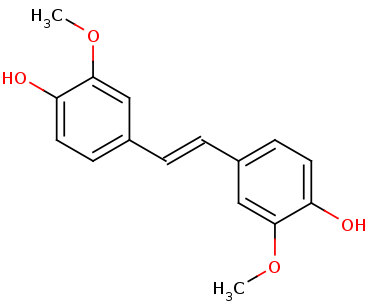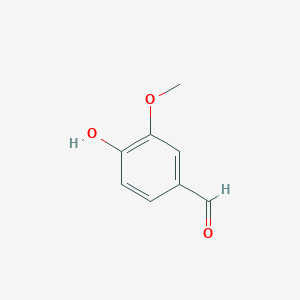Sandbox Reserved 1559
From Proteopedia
(Difference between revisions)
| Line 10: | Line 10: | ||
[[Image:lignostilbene.png]] [[Image:vanillin.png]] | [[Image:lignostilbene.png]] [[Image:vanillin.png]] | ||
== Broader Implications == | == Broader Implications == | ||
| - | + | Lignin represents 30% of the lignocellulose biomass. It consists of different aromatic building blocks, phenylpropanoids, which are extremely useful. Normally aromatic compounds are extracted from petroleum and are used to manufacture drugs, paint, plastics, etc. Therefore the potential of lignin is very high. Lignin is the most abundant polymer in nature other than cellulose and chitin, and it is the only one that contains such a large number of aromatic compounds. | |
| + | |||
== Structural highlights and structure-function relationships == | == Structural highlights and structure-function relationships == | ||
Revision as of 17:15, 29 November 2019
| This Sandbox is Reserved from Aug 26 through Dec 12, 2019 for use in the course CHEM 351 Biochemistry taught by Bonnie_Hall at the Grand View University, Des Moines, USA. This reservation includes Sandbox Reserved 1556 through Sandbox Reserved 1575. |
To get started:
More help: Help:Editing |
Your Heading Here (maybe something like 'Structure')
| |||||||||||
References
- ↑ Hanson, R. M., Prilusky, J., Renjian, Z., Nakane, T. and Sussman, J. L. (2013), JSmol and the Next-Generation Web-Based Representation of 3D Molecular Structure as Applied to Proteopedia. Isr. J. Chem., 53:207-216. doi:http://dx.doi.org/10.1002/ijch.201300024
- ↑ Herraez A. Biomolecules in the computer: Jmol to the rescue. Biochem Mol Biol Educ. 2006 Jul;34(4):255-61. doi: 10.1002/bmb.2006.494034042644. PMID:21638687 doi:10.1002/bmb.2006.494034042644


